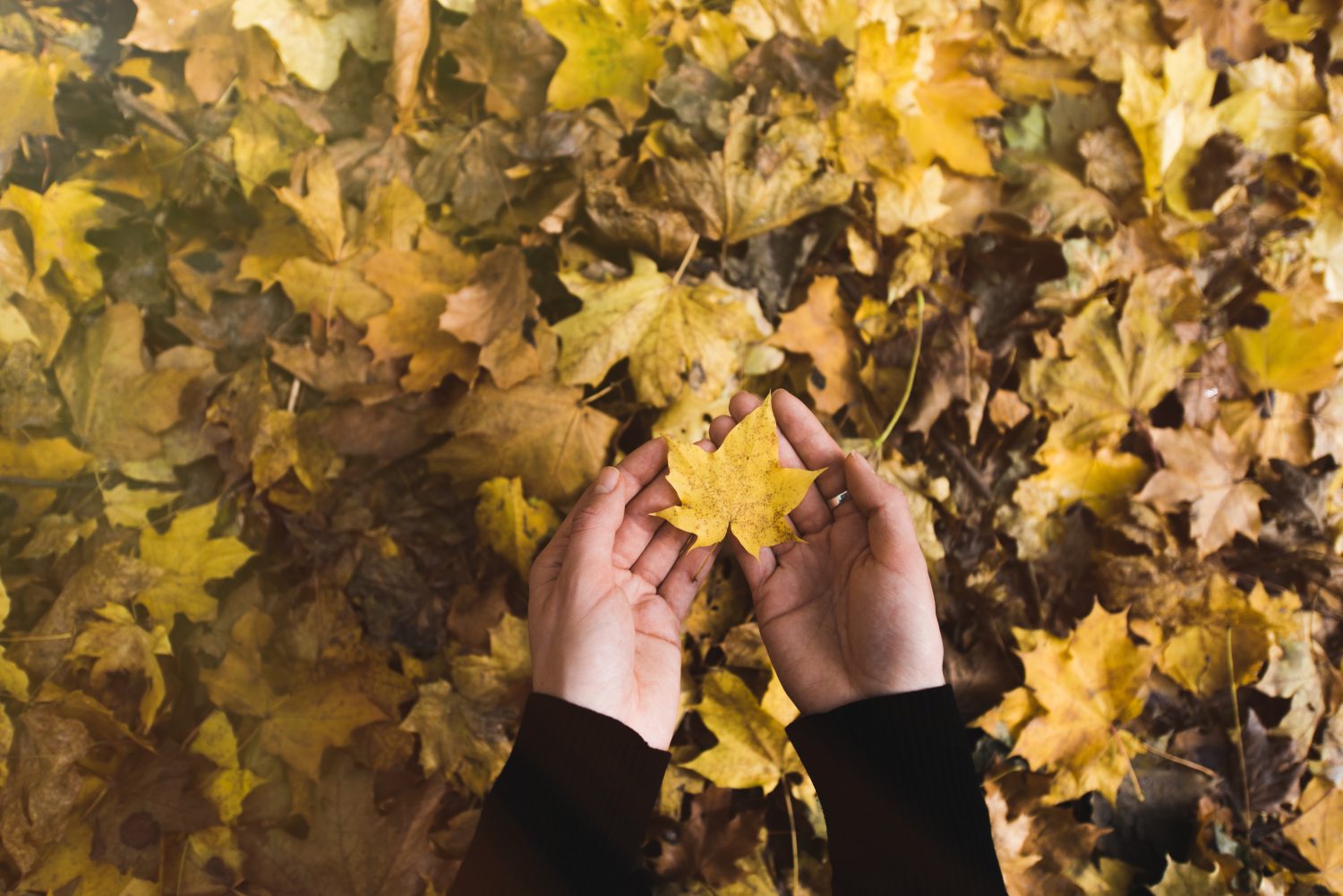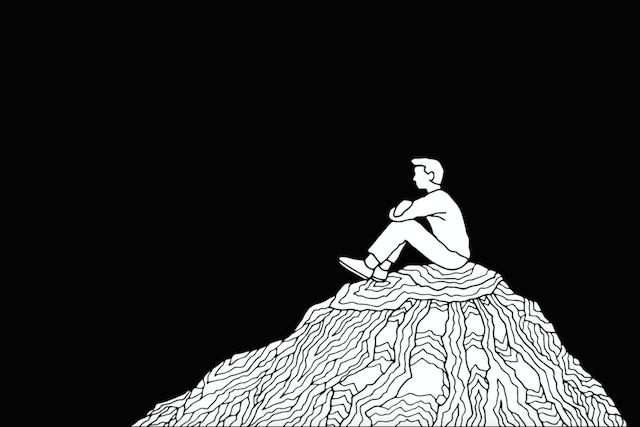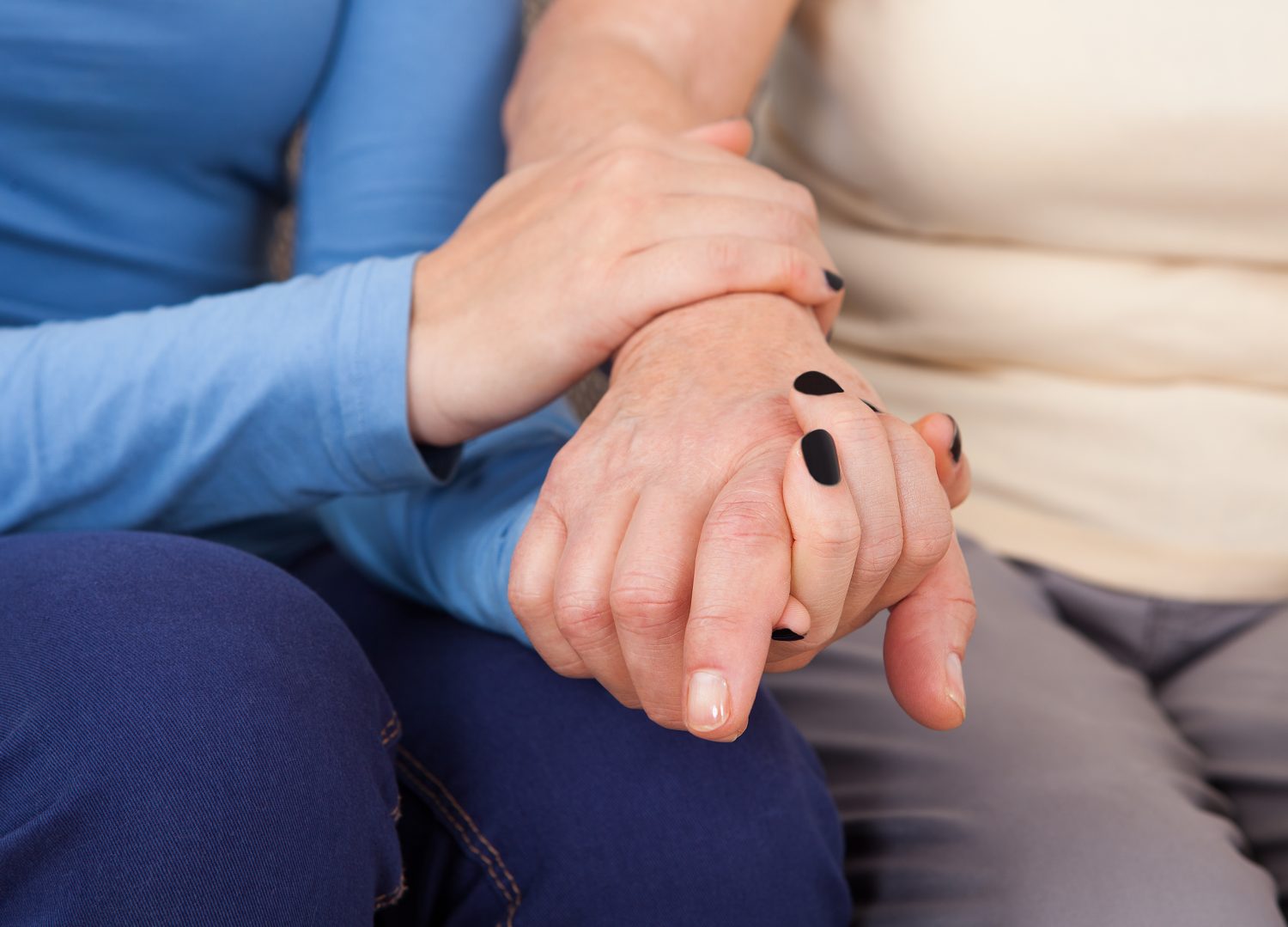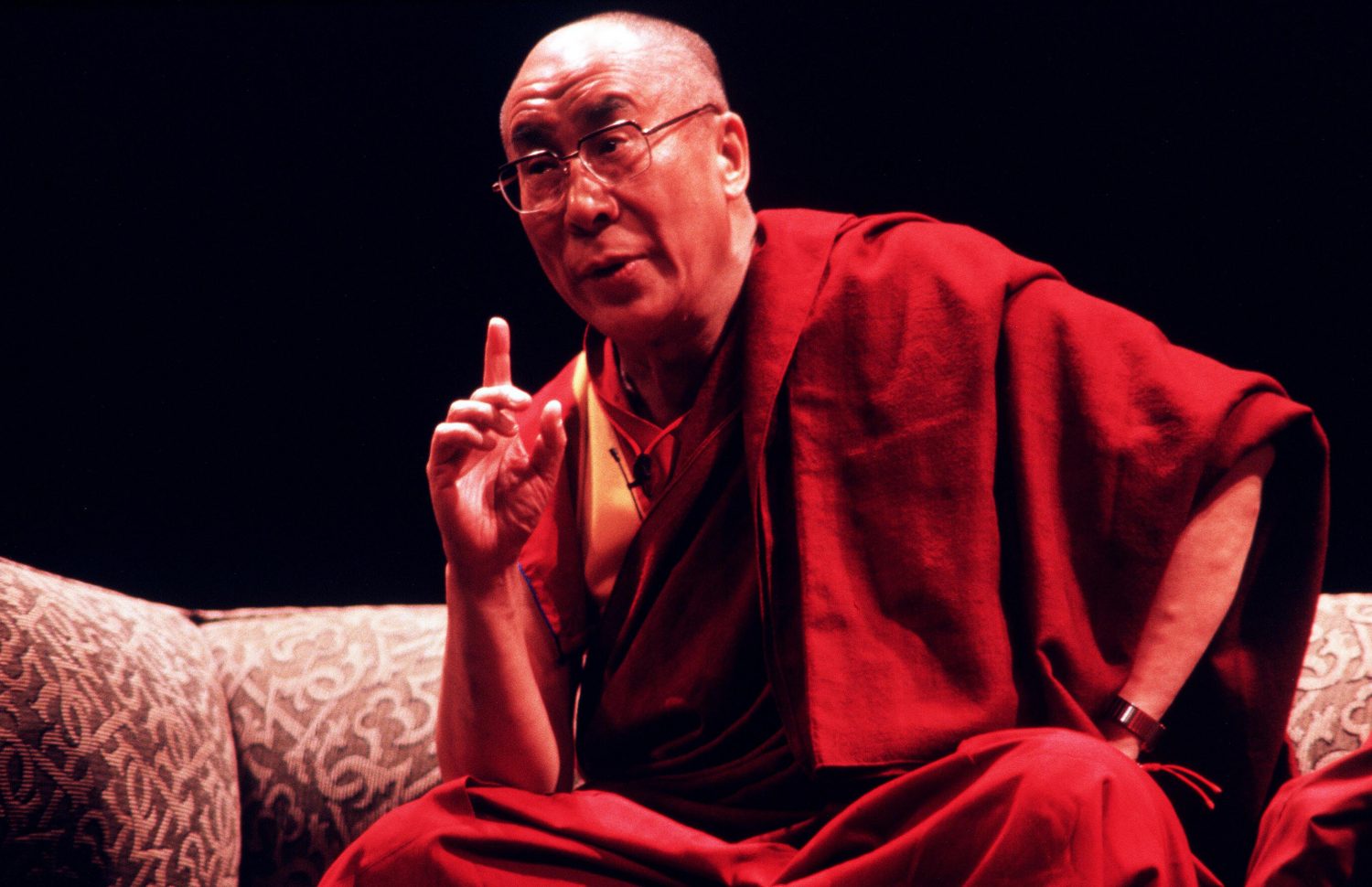Oh no, not again.
You feel the familiar deep pain twisting your stomach, wrenching your chest, and you ask yourself, how do I do this again? Can I carry any more sadness? Aren’t I broken enough?
Or maybe you don’t even have words for the heaviness twining marrow-deep fingers of discouragement through you.
You are experiencing cumulative grief.
Cumulative grief is the technical name for what it feels like to be buried under mountains of loss.
Fortunately, there is a way through.
You don’t have to struggle forever.
And grief processed can actually build your resilience in dealing with future losses.
It’s all about living and breathing with your heart wide open.
How to Recognize Cumulative Grief
Sometimes cumulative grief is obvious, other times less so. Putting a name to the intensity of your experience can be a way to acknowledge and validate your experience.
Cumulative grief is the name for trying to process multiple losses at the same time. For example, losing multiple loved ones in a short time would result in cumulative grief. There are also other pathways to this experience.
You could experience cumulative grief if you hold onto grief for many years without allowing yourself to feel your emotions. Time itself does not resolve emotions without processing them.
Working in a traumatic setting, such a military deployment, could also lead to cumulative grief. The experience itself brings layered losses such as missing friends and family, witnessing brutal events, and losing friends.
Some losses by their nature involve multiple secondary losses. For example, the loss of a spouse might lead to the loss of a home, a change in friend groups, the need to need to change jobs, the loss of identity, a reduction in income and a revamping of future dreams. Each of these losses needs to be grieved separately.
And sometimes, the smallest things can serve as grief triggers. Today I am grieving this stool.

When our family moved to our rural property twelve years ago, the previous owner had left this chipped yellow stool behind. It wasn’t valuable enough to move.
I probably won’t take it with me as I prepare to leave now. But my heart aches when I look at it.
I remember how the rest of the house was in about the same condition when we purchased it. It reminds me of dreams and work invested.
I remember sitting on this stool while I milked the goats who I would later have to rehome when my husband’s cancer worsened. I never even got to leave the hospital to say goodbye to my pets.
I remember posing on this stool for years of family portraits taken in our backyard. Our future family portraits will be taken somewhere else, and my husband will be missing.
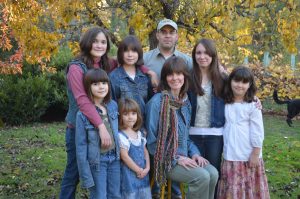
I’m grieving many things in one. That’s cumulative loss.
What it’s Like to Heal from Cumulative Loss
Grieving multiple losses is in some ways the same as grieving a single loss. As you let yourself feel your feelings, the intensity of sadness gradually lessens, and it becomes easier to feel the full range of emotion, including joy.
The biggest difference is what when you are grieving multiple losses at once, everything is heightened. Feeling all the feelings may seem impossibly difficult, but so is the alternative. Trying to shut down the pain also becomes harder, and the negative consequences of ignoring it are more pronounced.
The intensity of cumulative grief puts you at increased risk physical and mental illness. If you have coped with loss by compartmentalizing your grief, you also have an increased risk of addiction as it may become harder to numb feelings on your own.
None of this will go away by itself. In fact, feelings from unresolved past losses will continue heighten your reaction to each new one.
That’s why letting yourself process your feelings is critical.
The good news is, you can do it. You don’t have to be held captive by pain forever. No matter how significant your loss was, allowing yourself to grieve will soften the edges of pain, and transform suffering into compassion and wisdom. You can create meaning and connection from your experiences.
How to Heal from Cumulative Grief
There is no magic button you can push to make cumulative grief go away. But there is a process that can help you work through it.
Consider how past losses are impacting you now.
Are there losses from your past that you did not allow yourself to feel and process at the time? If so, it is probably impacting how you deal with new losses. You may have an out-of-proportion response to new loss, or you may find it difficult to open yourself to feelings altogether. Either way, it will help to work through your feelings about each of those past losses individually.
Determine what losses you need to grieve
Some answers are obvious. There may be a big loss that you have been intentionally avoiding for years. But many grief counselors also suggest creating a personal timeline stretching back to childhood to chart other losses you may have disregarded. It is hard to fully grieve a current loss when previous losses are unresolved. The feelings become intermixed. You will also tend to repeat the pattern of how you dealt with past loss.
Some losses may be things that you hadn’t really considered: a loss of feeling secure in the world, or a loss of future expectations, for example.
Let yourself feel your feelings.
As with other kinds of loss, you have to experience your grief before you can heal it. If you try to stuff it away, the feelings will remain and often intensify under the surface. When you have lots of emotion to process, facing it can seem overwhelming. It may be helpful to intentionally set aside time for working through feelings and time for distracting yourself and focusing elsewhere.
Find a way to express yourself.
Our culture is not skilled with grief. Many people don’t like to talk about loss, or don’t know how to say something helpful. It can feel discouraging when you are grieving and no one seems to understand. It helps to have another person to talk to. You could also consider joining a support group or expressing yourself creatively.
Recognize that grief is cyclical
Grieving is not a one-time event. Even if you feel at peace much of the time, painful feelings will surface again from time to time. One reason this happens is that a new aspect of the loss becomes apparent. For example, finding my old yellow stool triggers feelings of loss for the traditions my husband and I shared.
Make way for joy and sadness
There are some losses so big that the feelings don’t just go away. But in opening to the full range of emotion associated with them, you can feel happiness again, and the feelings of sadness are gentler.
I still miss my husband, and I miss the life we shared when our children were young. But as I have felt and released the sadness, those memories aren’t just painful anymore. They are also comforting. It’s complicated, yes. Grief can bring meaning and richness as well as pain, peace instead of suffering.
Moving into Peace
When you feel yourself buckling under the weight of loss, remember something.
You are not broken.
I know it feels that way.
I know your heart aches, and that you are so, so tired.
But there is something beautiful ahead of you.
There is peace.
Visualize yourself no longer hiding from your demons. No longer buried by that avalanche of sadness. No longer going through the motions numb from joy in order to remain numb from sadness.
You can choose healing, even when the losses are significant and the pain is intense.
You can move into peace.

